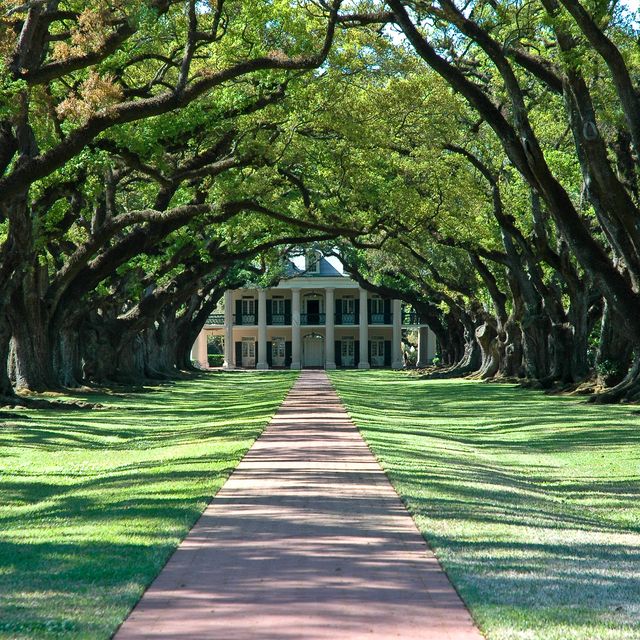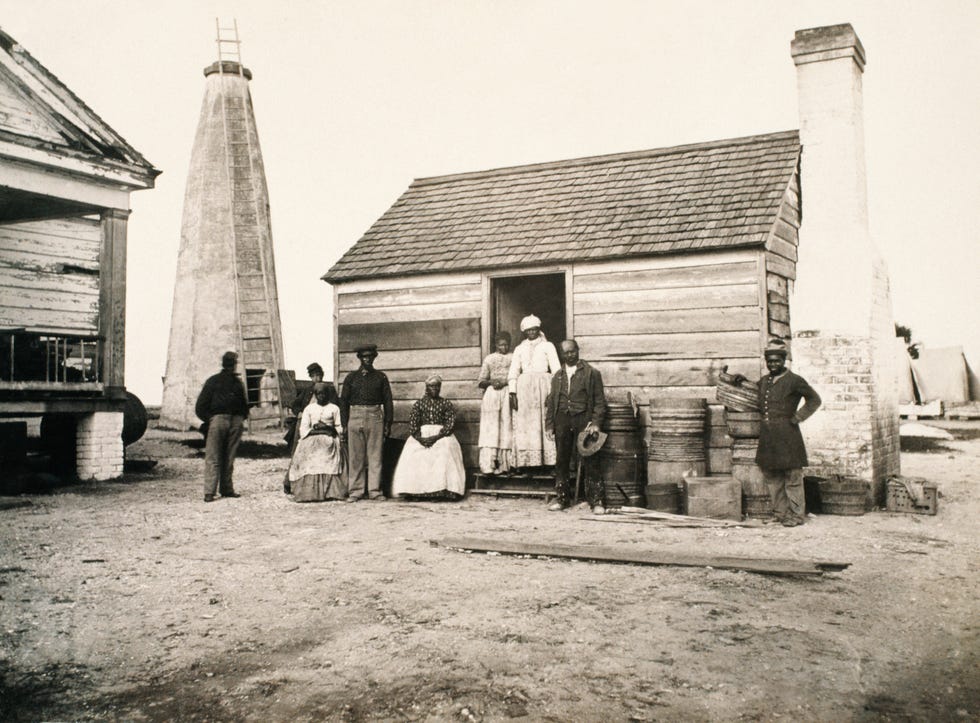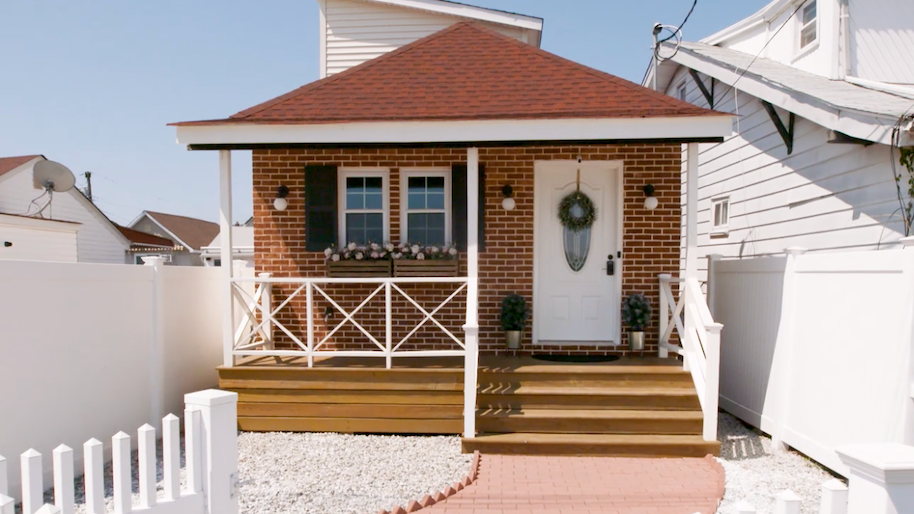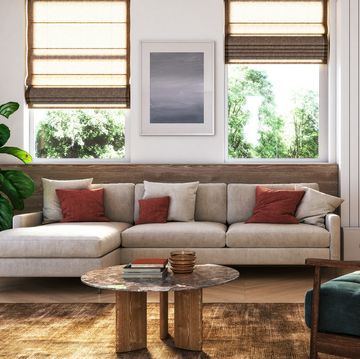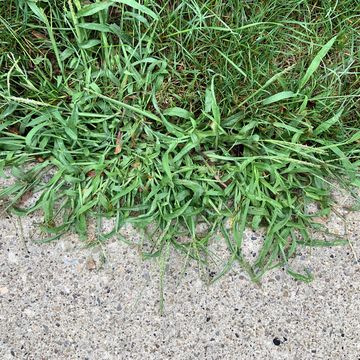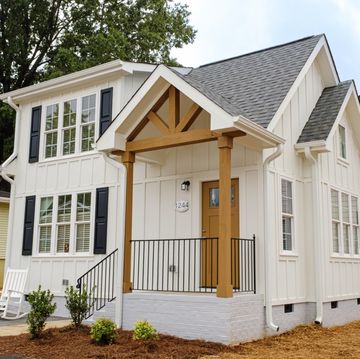We’ve all seen Southern plantation houses in the movies, with dreamy allées leading up to picturesque neoclassical mansions, set on acres and acres of lush farmland. There’s no doubt these homes are visually bucolic, both on the silver screen and in-person today. But that beauty belies a dark past. Plantations are also sites of brutal oppression: They’re largely responsible for the prolific growth of slavery in the United States. Curious about how plantations came to be? Here’s a primer covering the timeline from their origins to their transformation to educational historic sites and memorials.
The Origins of the Plantation System
In the early 17th century, when the British colonized what would later become the United States of America, the crown offered large plots of land to settlers as an incentive for them to make the grueling journey to a strange and harsh new world. Many of the settlers who took the deal combined their properties into larger settlements—in the South, these eventually became plantations, given their focus on agriculture—with the wealthiest and most powerful men governing these microcosms. As these landowners needed immense manpower to maintain their plantations, they turned to slavery, importing captured peoples from Africa as forced laborers.
Plantations After the Civil War
Plantations operated relatively unfettered in the American South for more than 250 years; the Northern states, however, had all abolished slavery by 1804. Despite the banning of the African slave trade by Congress in 1808, though, the domestic slave trade in the South continued until the ratification of the 13th Amendment in 1865, which banned slavery outright.
During Reconstruction, or the post-Civil War years, the plantation system collapsed. While some plantations were destroyed, many were subdivided, with both Black and white farmers leasing these smaller plots as sharecroppers (who would give a portion of their harvest to the landowner as “rent”) or tenant farmers (who actually paid rent). These farming practices continued through the mid-20th century; the Great Depression and advancements in farming technology got rid of traditional plantations for good.
Plantations in the Modern Era
Though some plantation homes remain private residences—most on far smaller properties—many were transformed into historic sites for tourists. But they’re often romanticized as beautiful houses set among elegant gardens, disregarding the darker side of their history.
“Most plantation tour narratives focus on the architecture or the furnishings while they fail to mention the presence of enslaved Africans on site,” says Dr. Linda Enoh, a content strategist with a doctorate in tourism studies. “Many narratives go a step further by acknowledging their presence but refer to them as ‘servants,’ which contributes to the romanticized imaginary of the South.”
But times are changing, and some plantations are putting in the effort to confront that dark history in a manner that is both respectful and educational. “What plantations have to do is to interpret the entire history of the people who lived on the property, whether they were Black or white, enslaved or free slaves or slaveholders,” says Dr. Edda L. Fields-Black, an associate professor of history at Carnegie Mellon University. “The story is common to all of those groups, and big parts of that story are very painful for the enslaved people who were forced to live and to work there.
Such a rethinking of these historic sites is largely inspired by the growing interest of the general public in facing those painful parts of the story. “Twenty years ago, I would go on a plantation tour and expect to be insulted, expect to leave angry, and often expect that they might have thought I was a heckler and not a historian, because I often asked questions of the tour guide they thought were completely inappropriate,” says Dr. Fields-Black. “Whereas now I've seen that I’m not the only one on the tour asking those questions.”
That dark history, however, shouldn’t deter you from appreciating the antebellum architecture of plantation homes or the well-manicured gardens that surround them, as Dr. Fields-Black sees it—in fact, it may provide an opportunity to spotlit the work of crafters and creatives who have largely been erased from architectural history. “That’s a perfect place to talk about the enslaved carpenters and the gardeners and horticulturalists,” she says.
“Visitors need to understand that the lush gardens, the architecture, and the crops didn't exist in a vacuum,” adds Dr. Enoh. “Slavery made the romanticized southern lifestyle possible.”
What to Consider When Visiting Plantations Today
While plantations do have a painful past, it’s important to visit these sites to learn about and reconcile with the dark side of American history. Plus, they serve as memorials to enslaved peoples. But not all plantations-turned-tourist sites have done their due diligence.
“Choose your plantations carefully,” advises Dr. Fields-Black. "Do some research into if and how they are interpreting the history of the enslaved. I would advocate for supporting those plantations that have made that investment; historical interpretation is a significant amount of work. They've taken that risk. They've taken that step to reinterpret their history and to try to make it inclusive of everyone that lived on the property."
As historian Michael Diaz-Griffith noted in his Anti-Racist Preservationist's Guide to Conservative Monuments, "unlike monuments, architecture is mutable, and historic buildings tell stories from throughout their histories—from the time of their construction through the present. Anti-racist interpretive strategies can shed light on Black and Brown stories from throughout our country’s history."
The bottom line? If you want to appreciate the architectural beauty of a plantation home, be sure you're paying equal attention to the impact and lives of enslaved people there.
